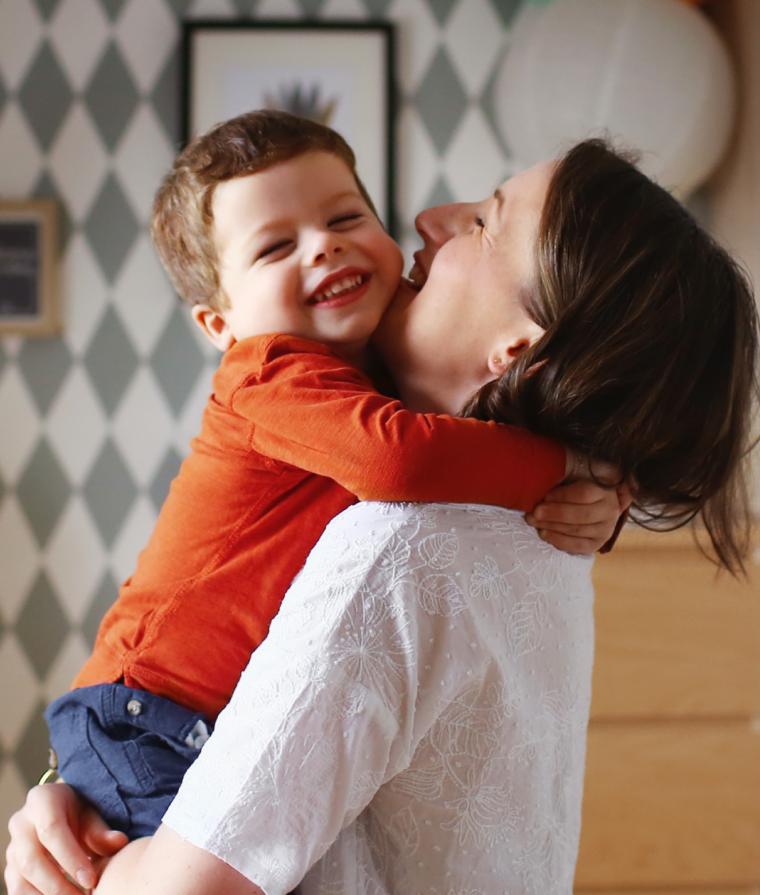Effective prevention, timely support
Beneva has developed unique workplace health and wellness expertise. We offer support based on best practices and evidence-based data to put the physical and mental health of employees front and centre, and make it a priority for companies.
Guidance and support
Health promotion and prevention
Workplace health and wellness is all about culture, something we know a lot about. We analyze each company’s environment for a clearer picture and build a solid action plan to introduce, reinforce and maintain a true health and wellness culture.
How does it work? Three easy steps:
-
Diagnosis and engagement
Using a structured approach, our experts will guide you through all the steps: management buy-in, analyzing key indicators, setting up a health and wellness committee, an action plan, etc.
-
Health and wellness practices
Introducing practices that foster employee health and wellness is key to success: lifestyle habits, management practices, work environment and work/life balance—there are many areas to explore and we’ll be there to help you.
-
Tools promoting health and wellness
To help companies kick off their action plan, we give them access to tools promoting health and wellness: webinars, training, challenges and much more!
Workplace attendance management
Beneva’s health continuum, a unique approach
Our workplace health services are integrated into a health continuum to ensure everyone within your company has access to the right service at the right time. This is Beneva's signature integrated approach.
Our expertise and proactive strategies draw on best practices and evidence-based data to empower companies and give them the confidence to intervene appropriately in any disability situation—from preventing an absence to managing a sustainable return to work.
Assistance services
Employee Assistance Program (EAP): The ideal complement to health insurance
Our EAP offers flexible support with a caring approach to plan members and their dependents in the event of work, personal or family issues, or problems related to physical or mental health.
Counselling with specialists over the phone, in person or virtually.
Psychological counselling to overcome personal or professional difficulties:
- family or marital problems
- personal difficulties—which can take many forms, from grief to self-esteem issues
- problems at work
- addiction
Expert coaching on nutrition, stress management, sleep improvement, smoking cessation, etc.
Help for children experiencing difficulties learning, or assistance in finding daycare services.
Help locating resources or housing for seniors.
Phone consultation with a professional.
The wellbeing platform provides fast, easy access to EAP services:
- Self-guided CareNow programs with therapist assistance
- TELUS Health Fitness: personalized online workouts
- Exclusive discounts on everyday purchases
- Tools and resources for a wide range of topics such as family, health, money and travel
AbilitiCBT is an Internet-based cognitive behavioural therapy program (iCBT) that you can follow independently, with or without support from a therapist.
If you benefit from this service through your employer or union and want to get in touch with the Help Centre, call 1 888 235-0617.
Assistance services
Manager Assistance Program (MAP) and Health Support Program
Our programs offer timely assistance to help companies support the physical and mental health of plan members and prevent absenteeism.
What services are offered?
Does someone in your organization seem to be dealing with an especially challenging situation? Managers, union representatives and HR staff can talk to a professional who will offer confidential advice about how to approach the person in difficulty.
Have the people in your organization been troubled by a disruptive event? A specialized professional can be on-site within 24 hours. Telephone support can be available within an hour to assist those in need.
Does someone in your organization seem to be struggling? Help them get back to living their best life as soon as possible by giving them a referral to the service.
More services
Tools at the forefront of workplace health and wellness practices
Our work starts with evidence-based data as a source of action and decision. Enhanced support and innovative opportunities to advance workplace health practices—that’s how Beneva takes it a step further for its clients.
Beneva is on the frontline when disruptive events shake the world of work. We responded to upheaval in 2020 by creating the COVID helpline, available to all our clients for free.
For eye–opening access to the latest tools and practices in the field of workplace health and wellness.
Beneva is actively involved in research, such as the financial support provided to power the Relief Research Chair in Mental Health, Self-Management and Work.
This involvement is an opportunity to draw on the expertise of recognized researchers to introduce new practices that will benefit our clients, as well as all Canadians.


